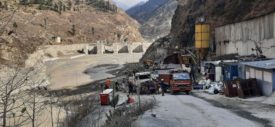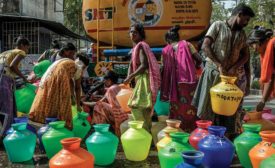Home » Keywords: » India
Items Tagged with 'India'
ARTICLES
Manufacturing
Hyundai plans first EV plant at its original assembly facility
Read More
ENR 2023 Global Best Projects
Best Government Building - Central Vista - New Parliament Building
Read MoreThe latest news and information
#1 Source for Construction News, Data, Rankings, Analysis, and Commentary
JOIN ENR UNLIMITEDCopyright ©2024. All Rights Reserved BNP Media.
Design, CMS, Hosting & Web Development :: ePublishing











